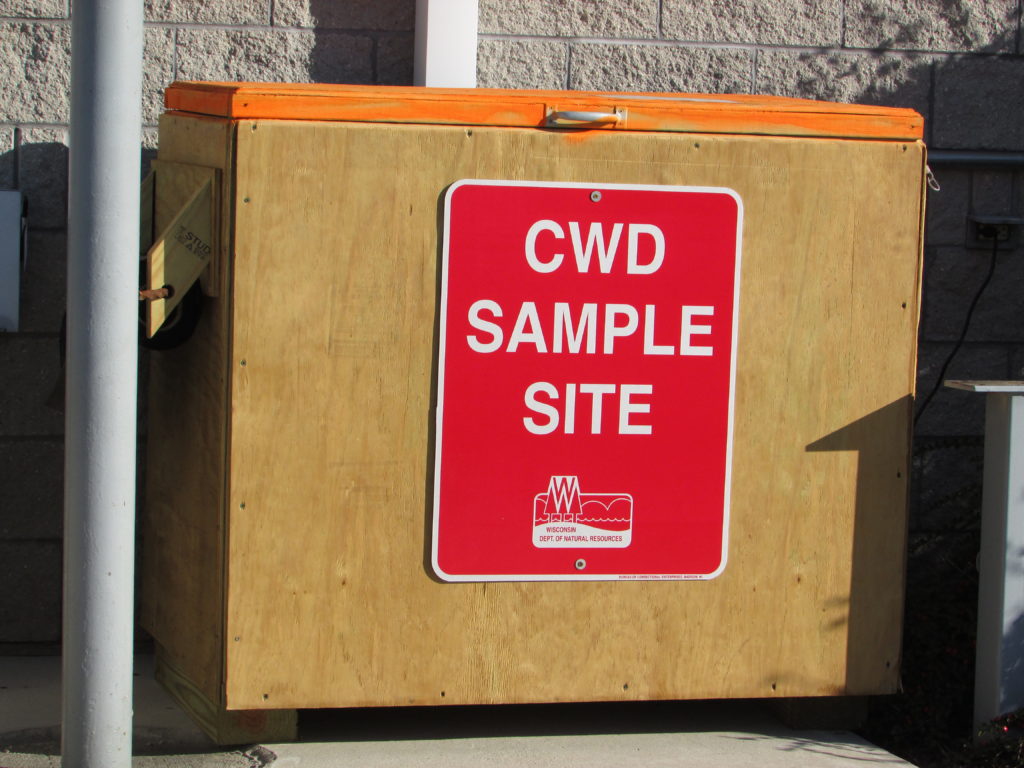| Hunters can help slow the spread of CWD this season. Wisconsin DNR
This deer season, the Wisconsin Department of Natural Resources (DNR) asks hunters to participate in our ongoing effort to monitor for chronic wasting disease (CWD) and help prevent its spread.
CWD testing is available to every hunter in the state, and we have focused CWD sampling efforts in many counties where CWD has already been found. Check the map on our website to see where CWD testing is available near you. Note that more locations will be added as the season progresses, so check back before you head afield.
Four Ways To Have Your Deer Tested, One Easy Online Form
The DNR offers four easy ways to submit a sample:
- Self-service kiosks open 24/7
We add locations throughout the season, with many popping up ahead of the nine-day gun deer season. Hunters can drop off their adult deer’s head with 5 inches of neck attached for testing. Check the DNR’s CWD sampling page before your hunt to find a location near you.
- In-person with cooperating meat processors, taxidermists and other businesses
You can get assistance with CWD testing by visiting a cooperating partner. Use the same interactive map to find their locations.
Hunters can extract the retropharyngeal lymph nodes using a kit provided by the DNR and return them to the DNR for testing. Contact your local wildlife biologist to get a kit.
- By-appointment with local DNR staff
Hunters can contact their local wildlife biologist to schedule an in-person appointment.
Whichever way you submit your sample for testing, try out the DNR’s new online CWD form. You can find the link in your Go Wild harvest history after you register your deer.
The online form automatically fills in your name, contact information, customer ID number and harvest registration number and includes an interactive map to drop a pin on your harvest location.
|
|
Follow Baiting And Feeding Restrictions
While planning your hunt, be sure to check baiting and feeding restrictions in your county. Even where baiting and feeding is allowed, the DNR encourages hunters to reconsider using these practices to reduce the risk for disease transmission. As with any animal, concentrating them increases the risk of a disease spreading from animal to animal. |
| Proper Deer Carcass Disposal Can Help Prevent The Spread Of CWD
Once hunters have finished processing their harvested deer, they can safely dispose of deer carcass waste in deer carcass dumpsters provided in partnership with individuals and organizations around the state. Proper carcass disposal helps slow the spread of CWD by removing potentially infected deer waste from the landscape. |
What Else Can Hunters Do To Help Slow The Spread?
The DNR’s guide to slowing the spread of CWD goes in-depth on the disease and provides even more ways hunters can help. Check out best practices that can fit into your hunt this season. |
